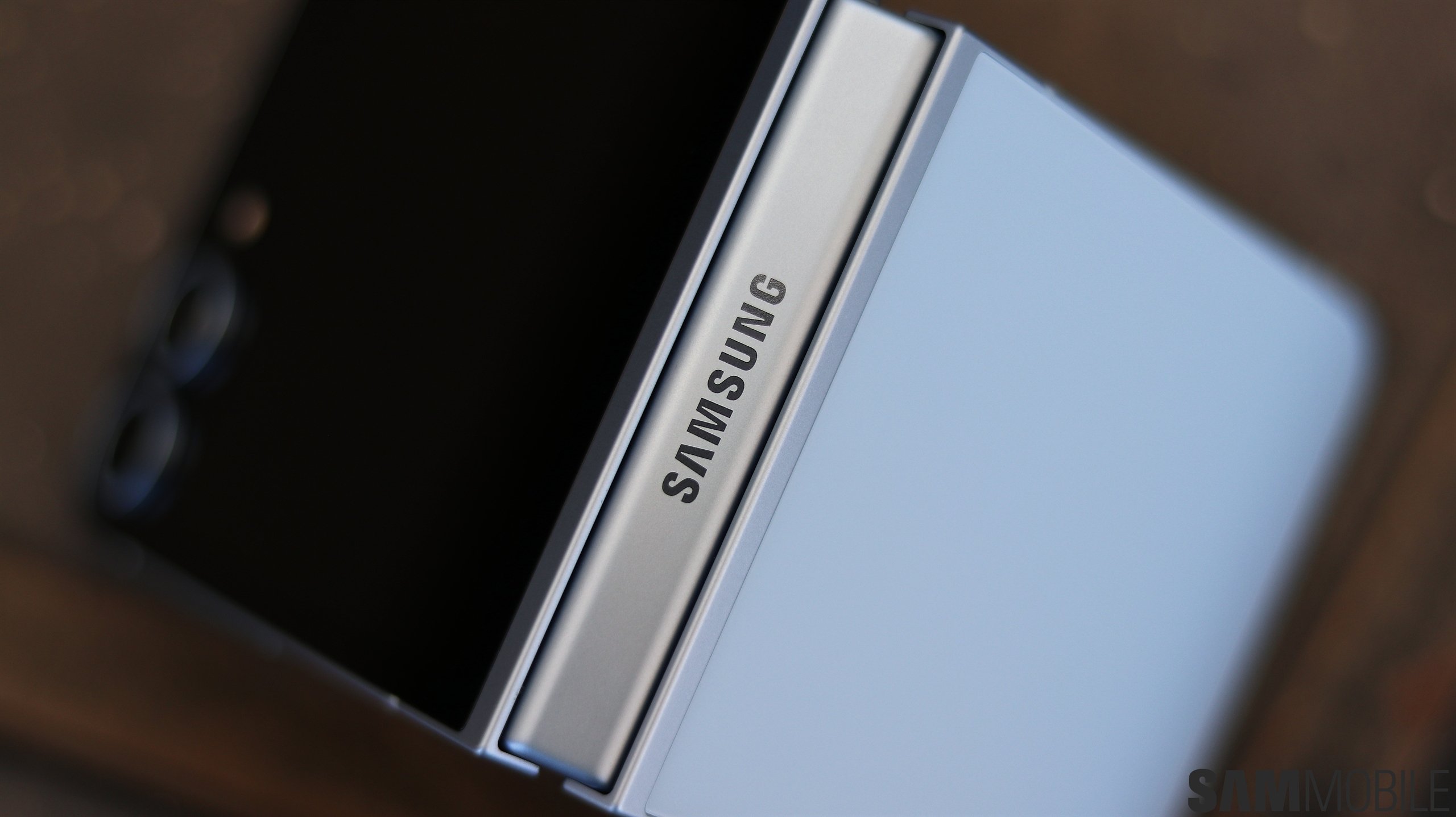
Samsung and Carbon Trust have a way of determining carbon impact of connected devices like smartphones
Samsung has announced that it has developed a new way of measuring the emission and reduction of carbon and other greenhouse gases for internet-connected devices.
This method is part of Samsung's Decarbonizing the Use-Phase of Connected Devices (DUCD) initiative, which was developed with Amazon, Carbon Trust, Microsoft, and Sky.
These companies want to reduce greenhouse emissions from the use of internet-connected devices such as laptops, smartphones, smartwatches, and tablets. The usage phase of devices is the most significant source of a device's carbon emissions through its entire lifecycle.
Samsung says that internet-connected devices require around 500 terawatt-hours (TWh) of energy annually. Therefore, it is important to understand the greenhouse gas emissions of these devices during their usage.
Once the emissions are calculated, ways to reduce them can be developed. This method explains how brands can assess and report emissions using data derived from devices that are being used by consumers. Until now, only a lifetime forecast was used to display emissions. Now, more accurate data can be reported.
Inhee Chung, Vice President of the Corporate Sustainability Center at Samsung Electronics, said, “The use-phase emissions make up the lion’s share of our products' carbon emissions across their lifecycle, and measuring is key to managing and reducing emissions.“
















